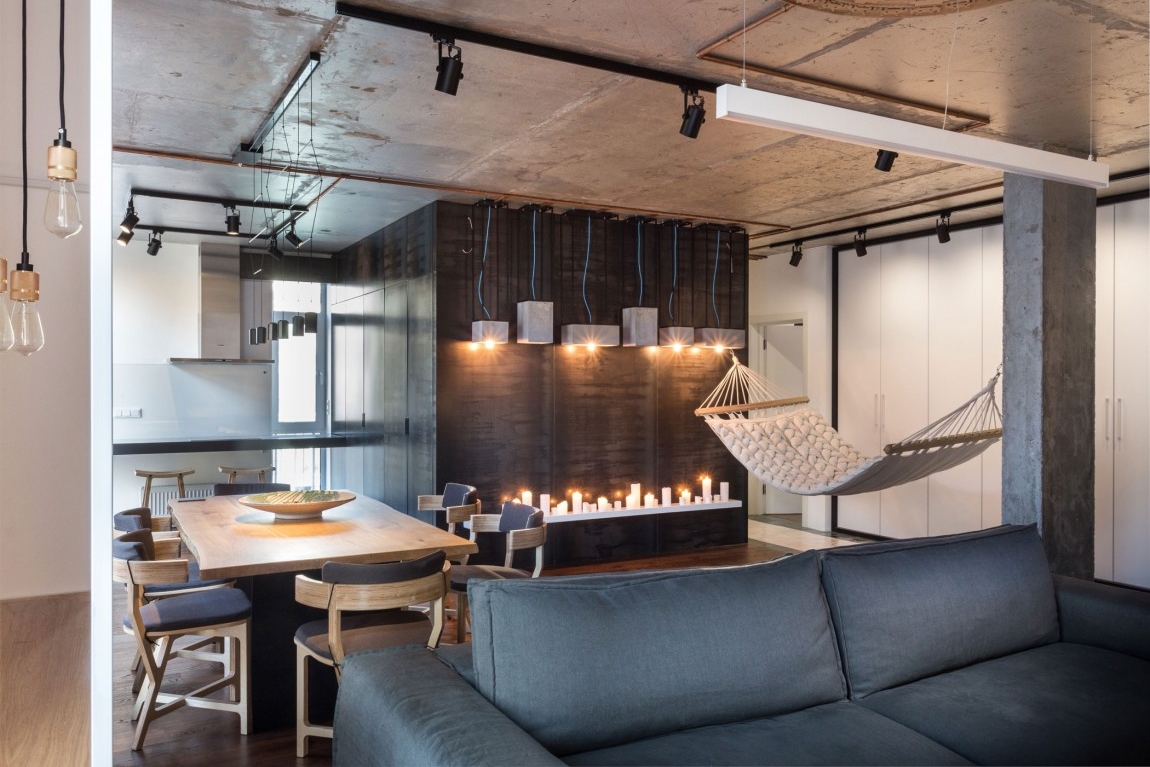Engineered wood flooring brings the beauty and warmth of real hardwood into homes with greater affordability and installation flexibility compared to solid wood options. They have real wood on top. Underneath are layers of plywood. The layers are glued together in a cross-grain pattern. This makes engineered floors strong and stable. They are made of both hardwoods and softwoods. Oak, walnut, ash, and maple are popular hardwood choices.
Top Benefits of Engineered Wood Floors
Engineered wood brings beauty to any home. The floors also have great benefits:
Attractive and Realistic Look
You can choose from many wood looks. The surface layer shows natural grain, knots, and color variation, just like solid hardwood. Engineered wood floors bring warmth and richness to any room.
Very Durable and Strong
The cross-laid layers make engineered floors an excellent underfoot. They hold up well to drops, scratches, and dents. Many engineered woods can be refinished instead of fully replaced when damaged, saving you money.
Stable Material Resists Moisture
The layered plywood core makes engineered floors highly stable. They expand and contract less than solid wood due to weather changes. This stops gaps between floor planks. Engineered wood can be used in basements and condenses moisture better than solid hardwood.
Easier to Install Yourself
Click-lock engineered planks allow floating installation without nails or glue. This makes do-it-yourself projects much faster and more beginner-friendly. Even large spaces are easily renovated using engineered floors without expert help.
Cost-Effective Home Improvement
Engineered woods cost 20% to 30% less than solid hardwood flooring. Since fewer damaged planks need replacement over time, long-term costs are reduced further. Installing yourself lowers expenses making upgrades affordable.
Eco-Friendly Material
Using multiple wood layers maximizes harvest yield per tree versus solid woods. Engineered flooring also uses fast-growing, abundant softwoods as base layers. Combining hardwood up top with responsible sourcing makes engineered floors greener.
Types of Engineered Wood Flooring
There are a few kinds of engineered wood to suit different rooms and budgets:
Multi-Ply Floors
Multi-ply engineered products use over 3 veneer layers on average. More plies make floors exceptionally stable, absorbing climate fluctuations room-to-room. They resist swelling and prevent surface damage. Multi-plies work well over radiant heat.
3-Ply Engineered Flooring
As the name suggests, 3 plywood layers on the bottom keep costs low. The middle ply runs perpendicular, stopping moisture. 3-plies strike a balance between durability and value for low-traffic zones. Durability reduces versus multi-ply but suits most homes well.
Single-Strip Engineered
Single-strip engineered flooring fuses a solid wood top layer to high-density fiberboard underneath. This makes very thick surfaces possible installing like solid flooring using staples. Single-strip engineered styles allow deep sanding/refinishing without veneer limits.
Wide-Plank Engineered
Wide-plank engineered mimics old-world wooden floors with long, expansive boards, 6 to 9 inches across. The multi-layer stability resists natural solid wood movement. Durable finishes protect the graceful, grand appearance from minor dents. Achieves dramatic looks!
Picking Flooring for Your Home and Lifestyle
Many factors impact choosing the best-engineered wood:
Wood Type
Oak suits traditional or rustic aesthetics. Exotic woods like Brazilian cherry bring contemporary flair. The surface wood aligns the floor-to-home architecture styles beautifully.
Wear Layer Thickness
Thicker wear layers handle sanding/refinishing several times. Consider thickness suiting room traffic and kids/pets. Bedrooms need 1.5mm, but foyer, kitchen, and living areas demand 2.5mm plus, wear suiting rebuilding cutting into veneers over decades.
Core Material
Plywood core best balances cost and reliability across climate swings in most regions. Check local humidity and heating impacts selecting appropriately stable builds.
Finish Options
Site-applied oil finishes need professional installation but offer distinct custom looks. Factory aluminum oxide micro-beveling makes excellent scratch, stain, and scuff protection more beginner-friendly. Consider lifestyle and looks.
Installation Factors
Glue-down engineered floors work on concrete slabs. Floating click-lock suits basements at risk of getting wet, avoiding adhesives. Nail down single-strip floors over wood subfloors. Ensure underlayment and security meet method needs.
Overall Budget Limits
With options spanning $3 per square foot to over $13 per square foot bundled with professional installation, decide whether durability, luxury, and labor costs are affordable in the long run. Don’t compromise quality finishing or hurt resale value!
Readying for Engineered Wood Installs
Preparing the subfloor well achieves stunning floor results that last decades through caring family living.
Deep Clean Before Installation
Micro debris left under planks damages floor connections gradually by abrasion. Vacuum thoroughly, removing dust and grit before beginning. Fill cracks with cement filler preventing telegraphing.
Ensure Flat Subfloors
Slope unevenness strains flooring connections loose over the years as people walk across uneven points. Pour self-leveling concrete compounds to flatten where needed.
Check Moisture Beforehand
Excess moisture warps planks post-installation. Test subfloor and wood moisture before acclimating floors using calibration meters. Don’t start until suitable ranges reach equilibrium.
Acclimatize Wood On-Site
Engineered wood still expands and contracts mildly. Allow planks to adjust to room humidity and temperature conditions 48 hours before installation. This prevents lateral movement damages. Follow acclimation guidelines by brand appropriately.
Engineered Wood Floor Installation Methods
Engineered woods offer flexibility in installing over varied subfloor types:
Floating Floors
Floating engineered planks use click-lock joints without nails or glue. Just engage tongue-and-groove for DIY wins! Floating works well on concrete, helping isolate rooms noise-wise. Underlayments add softness and assist slight plank movement absorbing shifts gracefully sans loosening over decades.
Glue-Down Bonding
Some engineered planks made for glue-down install bonds tightly to the surfaces below. This offers sound-dampening and insulation benefits. Allows filling unevenness to a degree. Use moisture-cured urethane wood flooring adhesives for a tenacious grip tolerating slab movement and resisting water.
Nail-Down Anchoring
Single-strip engineered products allow nailing across joists or onto added plywood. Pre-drill planks avoiding cracks before hammering tools in for a solid feel underfoot. Firm nailing anchors floors solidly for decades, overgoing family living stresses!
Keeping Your Engineered Wood Beautiful
With a quality engineered wood floor installed well, preserve its glory using:
Regular Sweep and Damp Mopping
Grit erodes floors prematurely underneath, causing wear. Sweep regularly, pick dust, and add damp mopping weekly using approved cleaners. This lifts grime before it causes wear.
Immediately Clean-Up Spills and Pet Accidents
Liquids seep, damaging worn finishes not protecting wood underneath fully. Quickly wipe any wet spills using the approved cleaner. Avoid moisture sitting hours degrading veneers through layers.
Avoid Dents with Protective Felt Pads on Furniture
Move furniture gently without dragging. Always use wide felt pads underneath the chair and furniture legs supporting weight. This prevents denting/scratching floors over decades gradually.
Refinish On Schedule
When dullness, wear, or scratches happen despite caring for engineered wood floors, sand and refinish instead of replacing the entire flooring. Site finishing renews floors affordably since thick veneers allow many refurbishment cycles over lifetimes.
Conclusion
Engineered hardwood flooring brings coveted wood aesthetics into homes affordably. Engineered constructs prove inherently more stable and easier to install for DIY upgrades versus solid hardwood options costing much more. When chosen well-suited for the traffic amounts expected and installed properly on leveled subfloors, engineered woods impress with long-lasting beauty under family living. Follow maintenance best practices keeping the floors gloriously glossy for decades or even generations.











